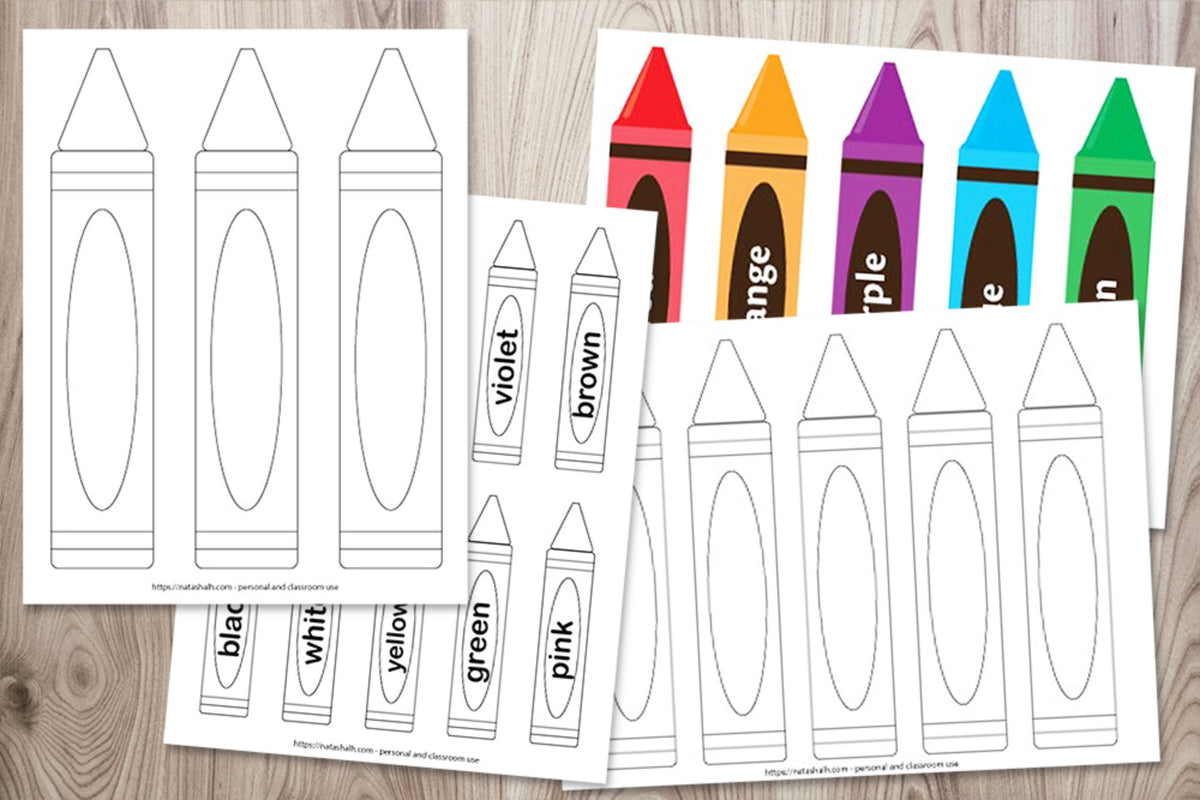The Artist R34 Exploring the Complexities
The artist r34 represents a complex and often controversial area of online art. This term, frequently encountered in online searches, encompasses a wide range of interpretations and contexts, from amateur digital creations to highly stylized professional works. Understanding its meaning requires navigating the ethical, legal, and artistic considerations surrounding its creation and consumption. This exploration delves into the various facets of “the artist r34,” examining the communities that support it, the artistic techniques employed, and the potential implications of its existence.
The ambiguity of “the artist r34” stems from its association with adult-themed content, specifically within the realm of digital art. This necessitates a careful examination of the artistic merit alongside the potential legal and ethical issues involved. The diverse styles and themes present in this art form, along with the motivations of the artists involved, will be analyzed to provide a comprehensive understanding of this often-misunderstood phenomenon.
Understanding the Search Term “the artist r34”
The search term “the artist r34” refers to a specific type of online content, primarily associated with adult-themed illustrations and animations. The “r34” element is a common shorthand reference to Rule 34, an internet meme stating that “if it exists, there is porn of it.” Therefore, “the artist r34” typically points to artists who create adult-themed artwork based on existing characters, settings, or concepts from various media.
Potential Interpretations and Contexts
The term’s interpretation hinges on the user’s intent and the platform used. It can refer to specific artists known for this style of work, or it can be a more general search for this type of adult-themed fan art. It might appear in image search engines, forums dedicated to fan art, social media platforms, or dedicated adult content websites.
The context significantly influences the results obtained.
Target Audiences
The primary target audience consists of individuals interested in adult-themed fan art and illustrations. This includes fans of specific franchises, anime enthusiasts, and individuals with a general interest in erotic art. Secondary audiences might include researchers studying online communities, trends in digital art, or the legal and ethical implications of online content.
Examples in Online Communities
The term might be used in online forums to discuss specific artists, their techniques, or to share links to their work. On social media platforms, it could be used as a hashtag to categorize content or to initiate conversations. Dedicated adult content websites often categorize and index content using similar terminology.
Analyzing Associated Content
Content associated with “the artist r34” typically involves adult-themed illustrations and animations featuring characters or settings from various existing works. These can range in style from highly realistic to cartoonish, often employing digital painting, 3D modeling, or animation techniques.
Types of Content and Artistic Techniques
The visual styles are diverse, mirroring the breadth of artistic talent and preferences within the online community. Techniques include digital painting, vector art, 3D modeling, and animation. Some artists focus on realism, while others embrace stylized or cartoonish aesthetics. The level of detail and technical skill varies considerably.
Artistic Merit Comparison
Assessing the artistic merit of this type of content is subjective. While some pieces demonstrate exceptional skill and creativity in composition, color theory, and character design, others may be less sophisticated. The value judgment depends on individual preferences and criteria, with factors such as technical proficiency, originality, and emotional impact playing a role.
Common Themes and Motifs
Recurring themes and motifs often reflect the source material of the fan art. However, common themes within the “r34” context frequently include sexualized depictions of characters, exploration of power dynamics, and fantasy elements. The frequency of these themes varies based on the popularity of the source material and the preferences of individual artists.
| Theme | Motif | Frequency | Example |
|---|---|---|---|
| Romantic Relationships | Intimate scenes | High | A depiction of a romantic couple in a compromising position. |
| Power Dynamics | Dominance/submission | Medium | A scene showcasing a character exerting control over another. |
| Fantasy Settings | Mythical creatures | Medium | An illustration featuring characters interacting with mythical beings in a sexualized context. |
| Everyday Life | Suggestive situations | Low | A depiction of ordinary characters engaging in suggestive behavior. |
Exploring the Ethical and Legal Implications: The Artist R34
The creation and consumption of “r34” art raise ethical concerns regarding consent, exploitation, and the potential normalization of harmful behaviors. Legal ramifications vary depending on the specific content, its distribution method, and the jurisdiction.
Ethical Considerations
Ethical concerns center around the use of existing characters without permission, the potential for the creation of non-consensual content, and the broader impact of sexualizing fictional characters. The line between artistic expression and exploitation can be blurry, prompting ongoing debate.
Legal Ramifications
Producing, distributing, and possessing certain types of “r34” content can have legal consequences, especially if it involves child sexual abuse material (CSAM) or infringes on copyright laws. Penalties range from fines to imprisonment, depending on the severity of the offense and the jurisdiction.
Legal Frameworks in Different Countries
Legal frameworks vary significantly across countries. Some have stricter laws regarding the production and distribution of adult content than others. The legal definition of what constitutes illegal material also differs, making international enforcement challenging.
Hypothetical Scenario
A hypothetical scenario could involve an artist creating and distributing non-consensual “r34” content featuring a copyrighted character. This could lead to legal action from the copyright holder and potential criminal charges depending on the jurisdiction and the nature of the content.
Enhance your insight with the methods and methods of sandy sansing chevrolet pensacola flmy meet scores gymnastics.
Investigating the Artists and their Communities
Artists creating “r34” content are a diverse group, driven by various motivations. They often share their work and engage in discussions within online communities dedicated to fan art and adult content.
Characteristics of Artists
These artists often possess strong drawing or animation skills, and a deep understanding of their source material. Their motivations can range from artistic expression and exploration of themes to financial gain through commissions or sales.
Online Communities
These artists share their work and interact with others on various platforms, including dedicated websites, forums, and social media groups. These communities provide a space for feedback, collaboration, and the sharing of resources.
Methods of Promotion and Distribution, The artist r34
Artists utilize various methods to promote and distribute their work, including social media, personal websites, and online marketplaces. Some may use commission-based platforms to receive requests from clients.
Hypothetical Artist Profile
A hypothetical artist might be a skilled digital painter with a passion for a particular anime franchise. They might be motivated by a desire to express their creativity and explore themes of romance and power dynamics within the established fictional universe. Their artistic process may involve sketching, digital painting, and refinement through feedback from the online community.
Illustrative Examples and Analysis
Three distinct pieces of art associated with “the artist r34” can be described to illustrate the diversity of styles and techniques. These descriptions avoid explicit details but focus on artistic elements and potential emotional responses.
- Example 1: A stylized illustration depicting two characters from a popular video game in a romantic embrace. The artist utilizes bold lines and vibrant colors, creating a dynamic and energetic composition. The piece evokes feelings of passion and intimacy, potentially eliciting a positive emotional response from viewers familiar with the source material.
- Example 2: A realistic digital painting of a character from an anime series in a suggestive pose. The artist uses detailed rendering and subtle lighting to create a sensual atmosphere. The piece might evoke a range of emotional responses, from admiration for the technical skill to discomfort or arousal, depending on the viewer’s preferences and sensitivities.
- Example 3: An animated sequence featuring characters from a fantasy novel engaging in explicit activity. The animation style is fluid and expressive, emphasizing the characters’ emotions and interactions. The emotional impact could range from excitement and intrigue to feelings of unease or moral ambiguity, depending on the viewer’s personal values and interpretations.
In conclusion, “the artist r34” reveals a multifaceted landscape of online art, demanding a nuanced approach to its analysis. While the term’s association with explicit content raises significant ethical and legal concerns, exploring the artistic techniques and community dynamics provides valuable insight into the complex interplay of art, technology, and societal norms. Further research is needed to fully understand the long-term impact and evolving nature of this artistic expression within the digital sphere.





